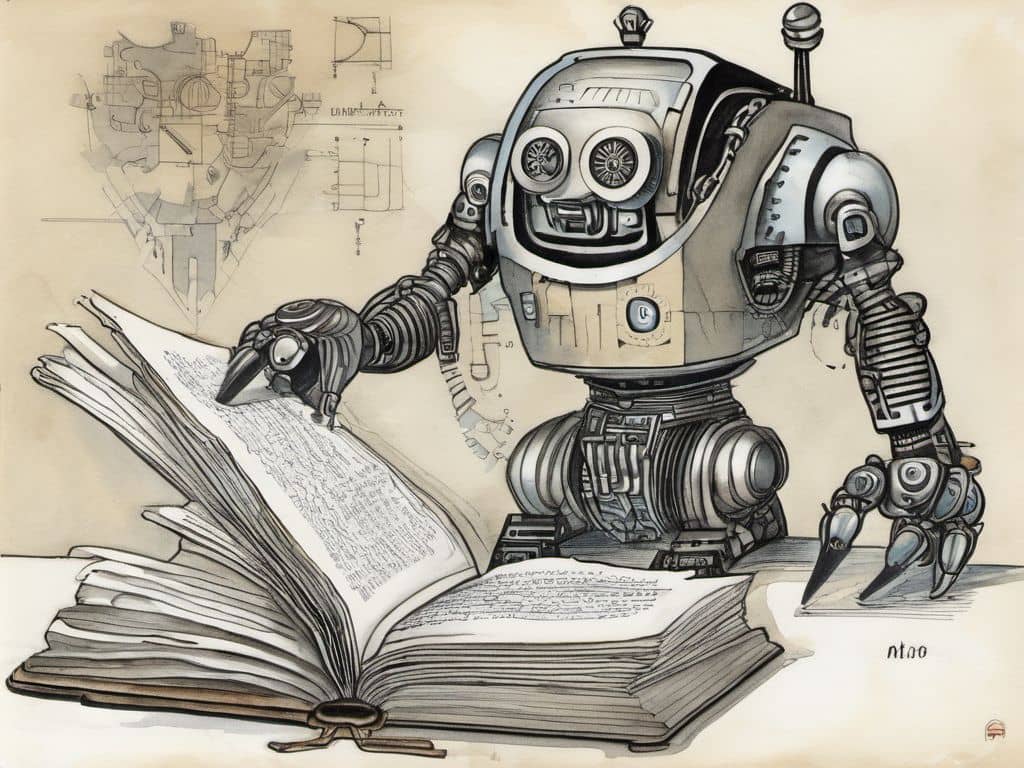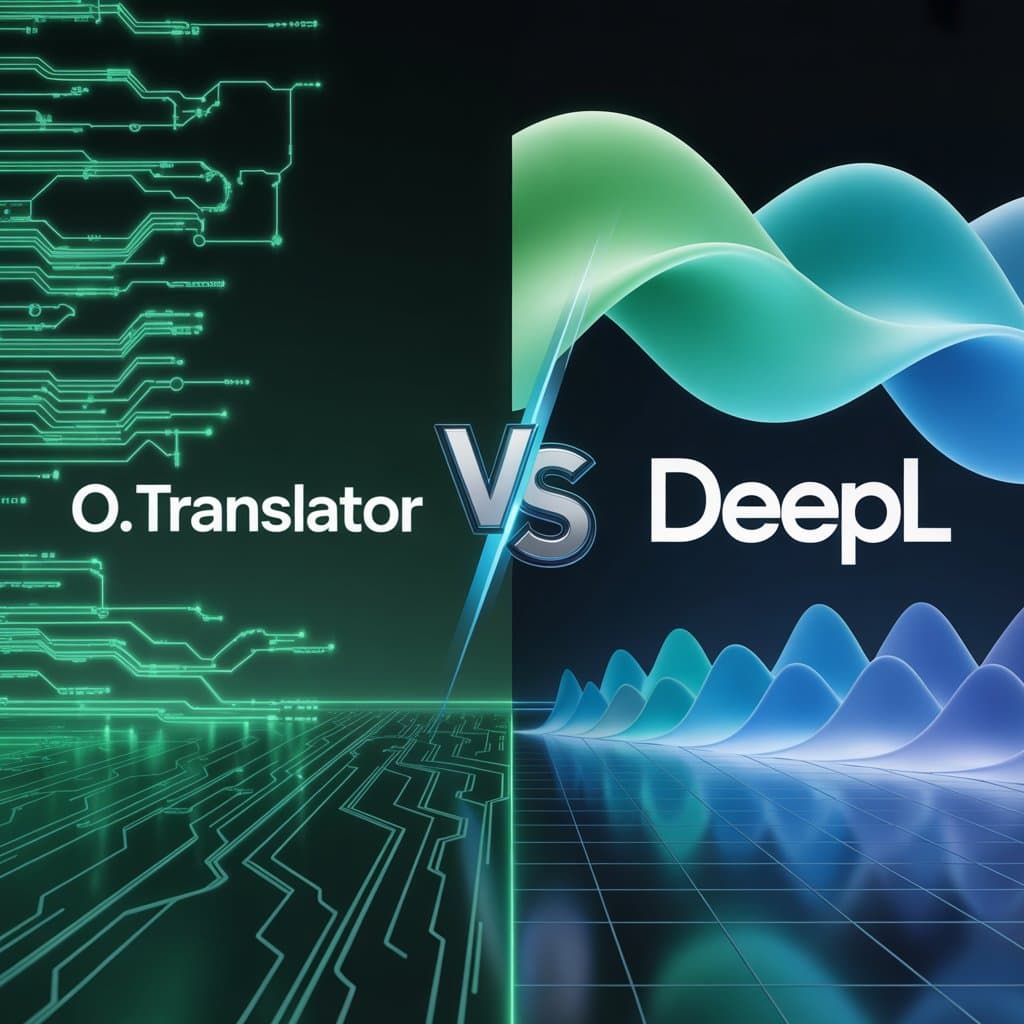5 Key Advantages of GPT Translation You Cannot Ignore

O.Translator
Oct 09, 2023

Farewell to Awkward Translations: How Has GPT Transformed the World of Translation?
Have you ever been tortured by those clunky, soulless machine translations? You recognize every word, but when they're strung together, something just feels off. Honestly, traditional machine translation has helped us a ton over the past few decades, but there always seemed to be this invisible wall between it and truly natural, elegant translation.
It wasn't until GPT (Generative Pre-trained Transformer) burst onto the scene that we suddenly realized: the next era of translation has really arrived. It's not just faster and more accurate—the real magic is that it actually seems to “get” those subtle feelings and complex situations we're trying to express. So, what kind of magic has GPT worked to make translation so much “smarter”?
No more “guessing games”—now it really “gets” the context
Understanding context might sound a bit mysterious, but it's actually the heart and soul of great translation. Let's check out a quick example:
“I didn’t see her face because of the mask.”
A less clever translation tool might just blandly tell you, “didn’t see the face because of the mask.” But it won’t think a step further: what kind of “mask” are we talking about here? Is it a fancy masquerade mask, or the everyday face mask we all wear?
This is exactly where GPT stands out. In the massive sea of information it’s ‘read,’ there’s no shortage of context about the flood of public health events from recent years. It can instantly tell that here, ‘mask’ almost certainly means the protective face mask we use, and then give a much more relatable translation.
This kind of skill is an absolute lifesaver for professional document translation. Just picture it—a legal contract or a technical manual, and if you get a single term wrong, the consequences could be a nightmare. GPT is way better at picking up the logic and references in long texts, making translations more natural and spot-on. Want to give it a shot? Check out how today’s AI tools can translate PDFs easily while perfectly keeping the original formatting.
Say goodbye to robotic translations—let your words sound truly human!
'Faithfulness, expressiveness, and elegance' are the ultimate goals of translation, but traditional machine translation usually only nails 'faithfulness' and totally drops the ball on 'expressiveness' and 'elegance,' leaving us with stiff, awkward translations.
Not convinced? Let’s put this long sentence to the test:
- Original sentence: “Although he was tired after working long hours, he still decided to go to the gym, which his doctor had advised him to do for improving his health.”
- Traditional machine translation: “尽管长时间工作后他很累,但他仍然决定去健身房,这是医生建议他去健身房以改善健康的。” (Doesn't that sound a bit tricky to read?)
- GPT Translation: “Even though working overtime left him exhausted, he still decided to hit the gym—after all, that's what the doctor recommended to help improve his health.” (Doesn't that just sound super smooth and natural?)
The difference is, GPT-generated text really understands how people actually talk in the target language. It actively tweaks the word order, picks more natural vocabulary, and even adds words that make the tone flow better, so the whole sentence reads like it was written by a native speaker. That ‘human touch’ is exactly what makes reading so enjoyable.
A Fairer Perspective: Striving to Smooth Out Biases in Language
Language is a mirror of culture, and sometimes it inevitably reflects the stereotypes in our society. For example, when translating neutral professions like 'doctor' or 'engineer,' some old translation models would just assume male pronouns.
Luckily, thanks to broader and more diverse training data, GPT has made huge progress here. It’s much more conscious about avoiding gender bias now, giving translations that are more neutral and objective. It might be a small step for technology, but it’s a giant leap for human-centered progress.
It even gets 'YYDS'? Effortlessly nailing internet memes and slang
Language is alive and always evolving, especially in the age of the internet. A meme that pops up today could be everywhere by tomorrow.
That’s a huge challenge for translation tools. But what’s amazing about GPT is that its 'recipe book' has it all—from Shakespeare’s plays to the latest social media posts, you name it. That’s why it’s totally at ease when it comes to understanding and translating slang, idioms, and even internet lingo. For anyone needing to localize marketing, or just curious about what people overseas are talking about, this is a total game-changer. Wondering how awesome AI translation is for niche cultures? Just check out this article on the art of manga translation and see for yourself.
Relentless Evolution: The Future of GPT Translation Is Already Here
What’s the most exciting part? It’s GPT’s incredible ability to keep learning and evolving.
What we’re seeing today might just be the tip of the iceberg when it comes to what it can do. Unlike traditional translation methods that depend on fixed rules and databases, technologies like OpenAI's GPT model are built to get smarter and smarter through continuous learning.
So, rather than calling GPT a 'replacement' for traditional machine translation, I’d much rather call it an 'evolution.'It’s completely redefining how we interact with different languages, making communication smoother and more accurate than ever before. If you're curious about even more benefits of GPT translation, why not check out this article: “The 5 Must-Know Advantages of GPT Translation”.
Are you ready to dive into this brand new era of AI-powered, seamless communication?


